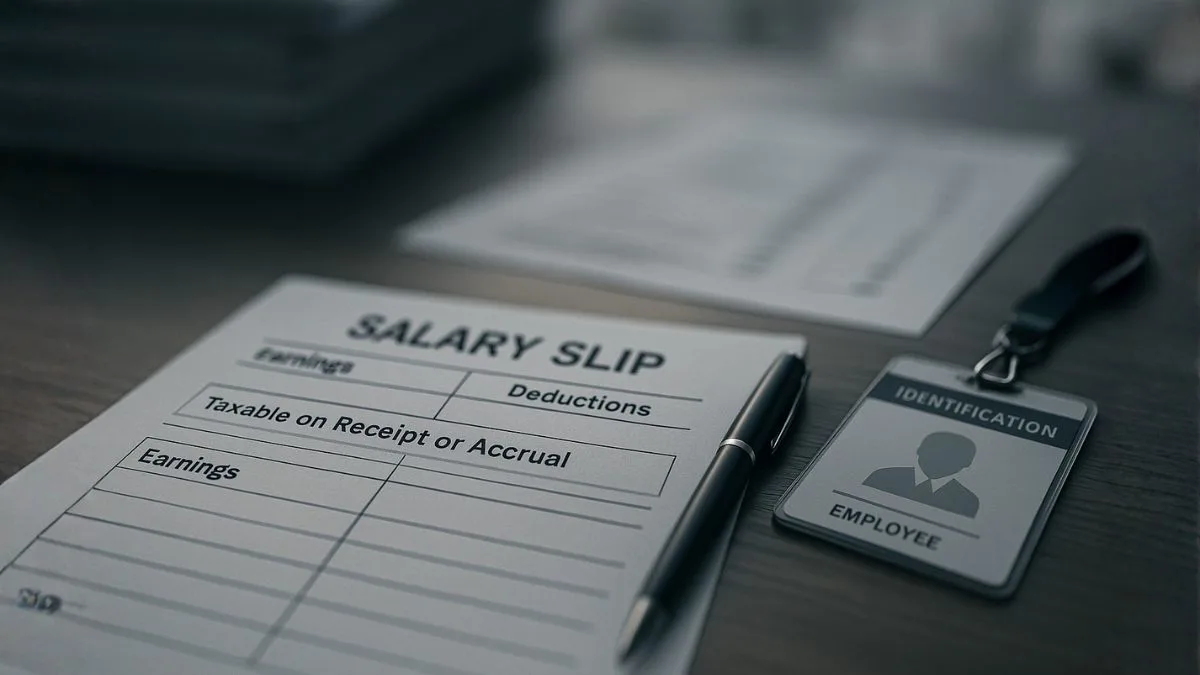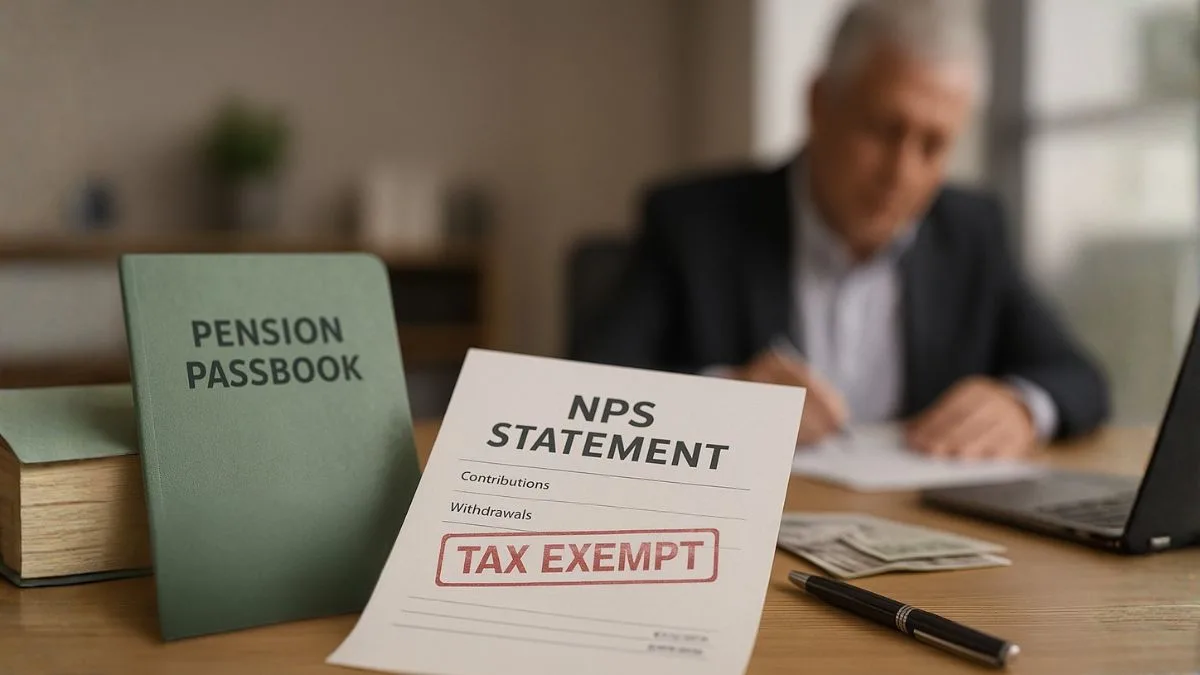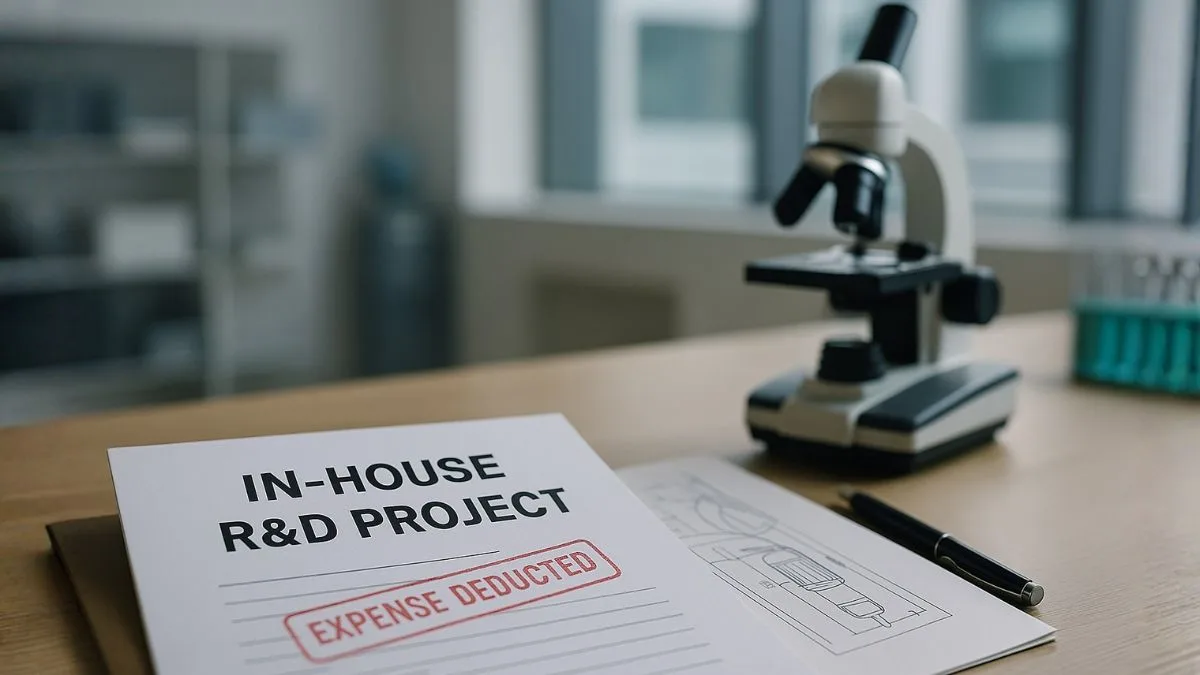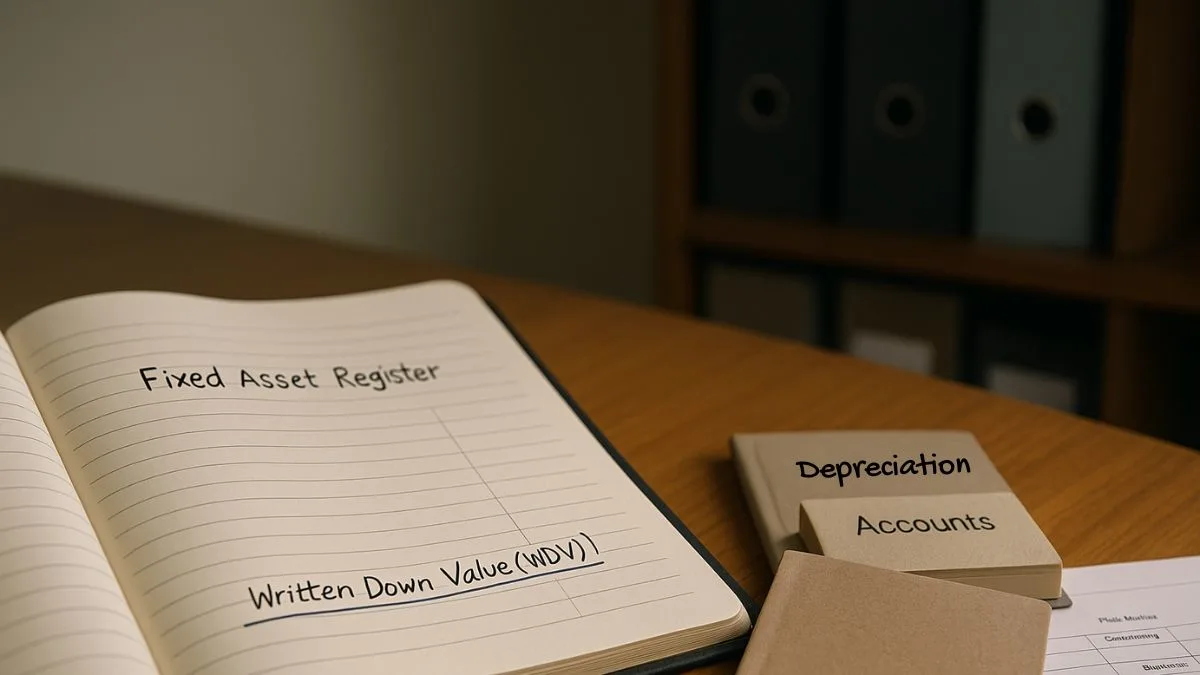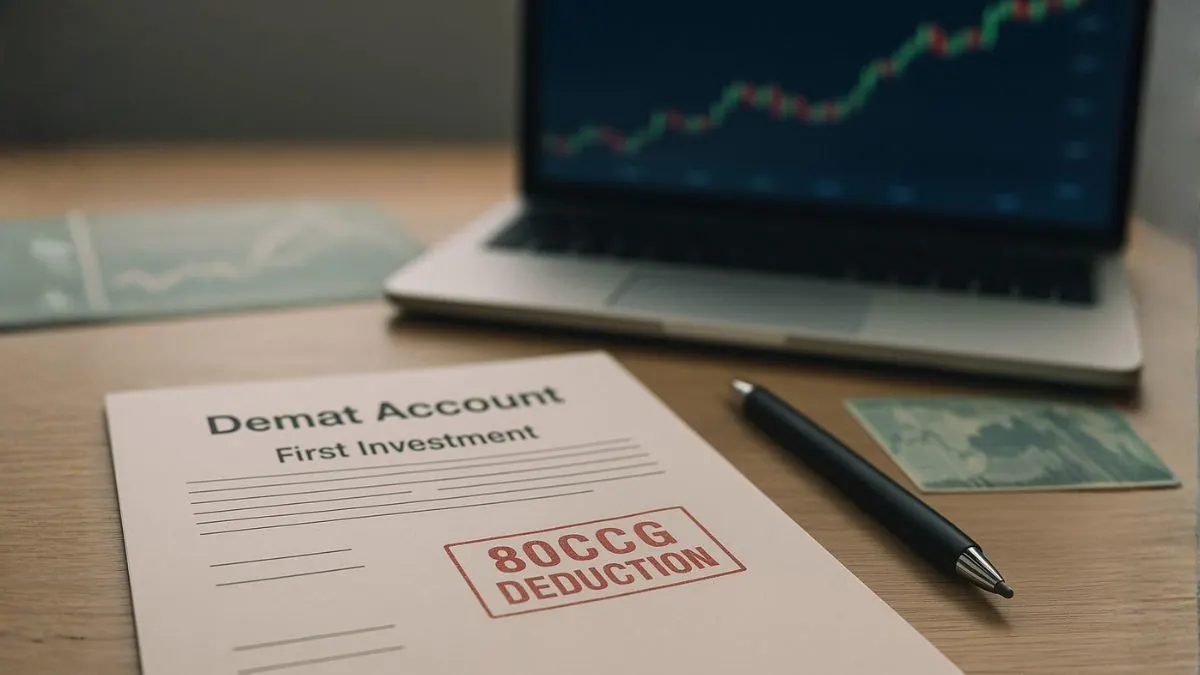
The Income Tax Act, 1961 has a comprehensive set of rules to tax different forms of income. Among them, capital gains hold special significance as they arise from the transfer of assets such as property, land, shares, or any other capital asset. Normally, when a person sells a capital asset, capital gains tax is applicable. But what happens if an asset is not sold in the open market but transferred as a contribution to a partnership firm?
This is where Section 45(3) of Income Tax Act comes into play. It specifically deals with such cases & ensures that capital gains on transfer of a capital asset are taxed, even when the transfer takes place in a non-traditional way.
What is Section 45(3) of Income Tax Act?
Section 45(3) of Income Tax Act is a charging section for capital gains. It provides that when a person transfers a capital asset to a firm, association of persons (AOP), or body of individuals (BOI) as capital contribution, the profits or gains from such transfer will be taxable as capital gains.
The law treats such transfers as equivalent to a “sale,” even though the transferor does not actually receive cash. Instead, the value credited to his capital account in the books of the firm is taken as consideration.
Thus, Section 45(3) provides for taxation of the capital gains on transfer of a capital asset contributed to a firm."
Key Features of Section 45(3)
- Taxability – Capital gains arise at the time of transfer of a capital asset to a firm.
- Consideration – The value of the asset recorded in the firm’s books of account is deemed to be the full value of consideration.
- Applicability – It applies only when an individual, partner, or member transfers a capital asset to a firm, AOP, or BOI.
- Objective – To prevent tax avoidance through transfer of assets without recording actual gains.
This means Section 45(3) provides for the taxation of capital gains made by an individual even in cases where assets are transferred indirectly.
Applicability of Section 45(3)
The provision is applicable when there is a transfer of capital asset by a person to a firm, typically as part of his capital contribution.
For example:
- A partner contributes land worth ₹50 lakh to a partnership firm as his share of capital.
- The firm records the land at ₹50 lakh in its books.
- This ₹50 lakh will be considered as the full value of consideration, & capital gains will be calculated accordingly.
Without this provision, taxpayers could avoid capital gains by transferring assets to firms instead of selling them.
Also Read: Capital Gains Tax on Reconstitution of Firms Explained
How Capital Gains are Computed under Section 45(3)?
The computation follows normal capital gains rules, with one key difference:
- Full value of consideration = Value of the asset recorded in the books of the firm.
- Less: Indexed cost of acquisition or cost of improvement.
- Result = Capital Gain (Short-term or long-term depending on holding period).
Example
Mr. A purchased land in 2010 for ₹10 lakh. In 2024, he contributes the land to his partnership firm, where it is recorded at ₹60 lakh.
- Full value of consideration (as per Section 45(3)) = ₹60 lakh
- Indexed cost of acquisition = ₹25 lakh (approx.)
- Capital Gain = ₹60 lakh – ₹25 lakh = ₹35 lakh
Thus, Mr. A is liable to pay tax on ₹35 lakh as capital gains.
Significance of Section 45(3)
This section plays a crucial role in tax law because:
- It plugs a major loophole in capital gains taxation.
- Prevents individuals from escaping tax liability by introducing assets into firms instead of selling them.
- Provides clarity on how such transfers will be valued & taxed.
- Ensures uniformity and fairness in taxation of asset transfers.
In short, it ensures that Section 45(3) is the charging section for capital gains arising from capital contributions.
Judicial Interpretations
Courts have clarified multiple times that capital gains on transfer of a capital asset to a firm cannot be avoided merely because no money changes hands. The credit in the capital account of the partner is treated as consideration.
Some rulings have also emphasized that the firm’s recorded value is final for computation purposes, even if the market value differs.
Also Read: Capital Gains on Joint Development Agreements Made Simple
Comparison with Section 45(4)
While Section 45(3) deals with capital gains when a person transfers a capital asset to a firm, Section 45(4) deals with cases where a firm transfers assets to its partners (on dissolution or reconstitution). Together, these provisions ensure that tax is levied on both entry & exit of assets into/from a firm.
Practical Challenges
- Valuation Issues – Firms often record assets at a value lower than market price to reduce tax liability.
- Disputes – Tax authorities may scrutinize whether the recorded value reflects fair value.
- Tax Burden – Partners may face heavy tax outgo even when no real cash is received."
Despite these challenges, Section 45(3) continues to be an essential anti-tax avoidance provision.
Conclusion
Section 45(3) of Income Tax Act ensures that capital gains made by an individual are taxed even when assets are transferred as capital contributions. It provides for taxation of the capital gains on transfer of a capital asset, and the consideration is deemed to be the value recorded in the firm’s books. Being the charging section for capital gains, it is applicable when there is a transfer of capital asset by a person to a firm, AOP, or BOI.
This section highlights the government’s intention to ensure fair taxation on indirect asset transfers & prevent misuse of partnership contributions for tax avoidance.
👉 Want expert guidance on how to handle capital gains tax on transfers to firms under Section 45(3)? Connect with our experts at Callmyca.com to simplify your tax journey and avoid costly mistakes.



